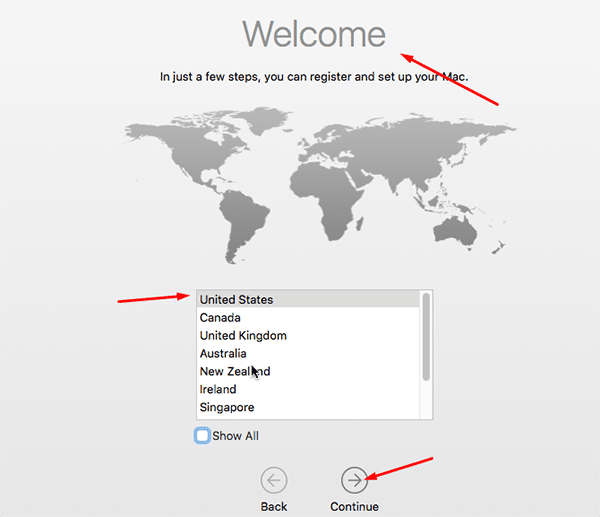For 10.11 (El Capitan) and later boot to the recovery partition and either enabling loading of unsigned kexts: csrutil enable -without kext. Building VirtualBox. Jul 15, 2021 El Capitan and Mavericks were pretty good too. Still nothing is as fast or clean as Snow Leopard. I have a 12 year old Mac running Snow Leopard still and it feels much faster than my M1 Mac, obviously because the M1 with macOS Big Shhhh is bogged down by so many silly things that we don’t need or want. This tutorial is showing how to install OS X El Capitan 10.11 on VirtualBox on Windows PC (Download links will be below) Make sure enable VT-X Bios VirtualB. How to change El Capitan resolution in VirtualBox? Ask Question Asked 4 years, 6 months ago. Active 3 years, 8 months ago. Viewed 2k times 1 1. I tried: Editing file.
VirtualBox only officially supports OS X guests on an OS X host, but it is possible to create one on an OS X host and transfer it over to a Linux host. This tutorial will go over one possible way to accomplish this task.
Download Mac OS X El Capitan. To install OS X El Capitan on Virtualbox, at the first you will need to download OS X El Capitan Image File. So, if you don’t know from where you can download it, then don’t worry here in below links you can download Mac OS X El Capitan on your system and then you can easily install it on Virtualbox.
What you will need
- An Apple computer running OS X 10.11
- A Linux computer to transfer the VM over to
- 20 GB free on the Apple Machine
- 40 GB free on the Linux Machine
Step One: VMWare
Install VMWare Fusion Pro on your OSX Host ( https://www.vmware.com/products/fusion/fusion-evaluation ). Open it up and select File -> New.
On the 'Select the Installation Method' menu, choose 'Install OSX from the recovery partition'. Follow the instructions and soon OSX will start installing in a VMWare VM. Go through the OSX installation process until the point where OSX asks you to setup the installation (IE: create users, etc). This could take up to two hours. When its done, shutdown the VMWare VM.

In the VMWare 'Virtual Machine Library' menu, select the OSX VM you just created, and then select File -> Export To OVF.
This will create a folder with three files in it:
- .mf
- .ovf
- .vmdk
Step Two: Modify the OVF Files
Next we need to take care of a few inconsistencies between VMWare's OVF format and VirtualBox's OVF format. Run the following commands on the .ovf file:

Since we have modified the OVF file, its SHA1 checksum will have changed. We need to update the .mf file to account for these changes. The .mf file should look something like this:
El Capitan Iso Virtualbox

Mac Os X El Capitan Virtualbox
Run:
Take the resulting hash and replace the hash after SHA1(<VM_NAME>.ovf)= in <VM_NAME>.mf with this result.
Copy the OVF folder with all three files over to the Linux Machine.
El Capitan Virtualbox Windows 10

Step Three: Import OVF into Linux host VirtualBox
Open up virtualbox on the Linux host, and import the OVF. You'll need to set the VM OS Type to 'Mac OS X' and the OS Version to 'Mac OS X 10.11 El-capitan (64-bit)'.
Next, open up a terminal and run the following VBoxManage commands:
Now you should be able to boot up the VM and have it run properly on the Linux host.